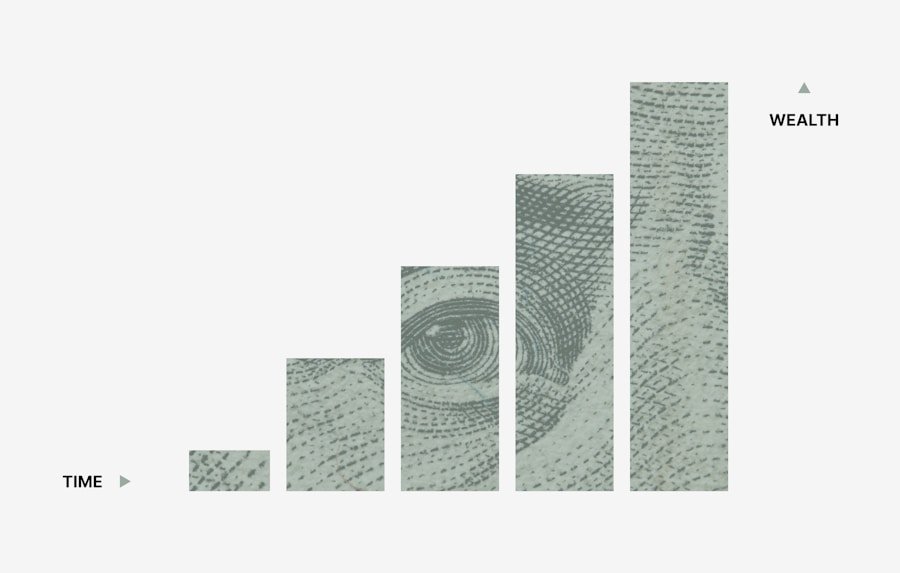Histograms are a visual representation of the distribution of tones in an image. They are a valuable tool for photographers and digital artists, as they provide a quick and easy way to assess the exposure and tonal range of an image. A histogram is a graph that shows the distribution of tones in an image, with dark tones on the left and light tones on the right. The height of each bar in the histogram represents the frequency of tones at that level. Understanding histograms is essential for anyone who wants to take their photography or digital art to the next level.
When you look at a histogram, you can quickly see if an image is underexposed, overexposed, or has a good tonal range. If the histogram is bunched up on the left side, it means the image is underexposed, while if it’s bunched up on the right side, it’s overexposed. A well-exposed image will have a histogram that is spread out across the tonal range. By understanding histograms, you can quickly assess the exposure of an image and make adjustments as needed.
Using Histograms to Adjust Exposure and Contrast
One of the most common uses of histograms is to adjust exposure and contrast in an image. By looking at the histogram, you can quickly see if an image is underexposed or overexposed and make adjustments accordingly. For example, if the histogram shows that the image is underexposed, you can increase the exposure to bring out more detail in the shadows. Conversely, if the histogram shows that the image is overexposed, you can decrease the exposure to prevent blown-out highlights.
In addition to adjusting exposure, histograms can also be used to adjust contrast in an image. By looking at the distribution of tones in the histogram, you can see if an image has a good tonal range or if it lacks contrast. If the histogram shows that the tones are bunched up in the middle, it means the image lacks contrast. You can use tools like levels or curves to adjust the tonal range and create a more dynamic and visually appealing image.
Utilizing Histograms for Color Correction and White Balance
In addition to exposure and contrast, histograms can also be used for color correction and white balance adjustments. By looking at the RGB channels in a histogram, you can quickly see if an image has a color cast or if the white balance needs to be adjusted. For example, if the red channel is peaking higher than the green and blue channels, it means the image has a red color cast. You can use tools like color balance or hue/saturation to correct the color balance and create a more natural-looking image.
Histograms are also useful for adjusting white balance in an image. By looking at the distribution of tones in the histogram, you can quickly see if an image has a color temperature that is too warm or too cool. If the histogram shows that the tones are skewed towards the red or blue end of the spectrum, it means the white balance needs to be adjusted. You can use tools like temperature and tint sliders to fine-tune the white balance and create a more accurate representation of the scene.
Fine-tuning Your Image with Histograms
Histograms can also be used for fine-tuning an image to achieve a specific look or style. By looking at the distribution of tones in the histogram, you can see if an image has a particular tonal range that you want to emphasize or de-emphasize. For example, if you want to create a high-contrast black and white image, you can use tools like levels or curves to adjust the tonal range and create a more dramatic look.
In addition to adjusting exposure and contrast, histograms can also be used to fine-tune specific areas of an image. For example, if you want to bring out more detail in the shadows or highlights, you can use tools like dodge and burn to selectively adjust the tonal range in those areas. By using histograms as a guide, you can make precise adjustments to create a more visually appealing and impactful image.
Avoiding Clipping and Overexposure with Histograms
One of the key benefits of using histograms is that they can help you avoid clipping and overexposure in your images. Clipping occurs when tones are pushed beyond the limits of the histogram, resulting in loss of detail in the shadows or highlights. By looking at the histogram, you can quickly see if an image is at risk of clipping and make adjustments to prevent loss of detail.
For example, if the histogram shows that tones are bunched up against one side of the graph, it means that there is a risk of clipping in that area. You can use tools like exposure or highlight/shadow sliders to bring back detail in those areas and create a more balanced tonal range. By using histograms as a guide, you can ensure that your images have good tonal range and avoid loss of detail due to clipping or overexposure.
Advanced Techniques: Using Histograms for Selective Editing
In addition to basic adjustments, histograms can also be used for more advanced techniques such as selective editing. By looking at the distribution of tones in the histogram, you can identify specific areas of an image that need to be adjusted and make precise edits accordingly. For example, if you want to selectively adjust the tonal range in a specific area of an image, you can use tools like luminosity masks or selective color adjustments to target those areas.
Histograms can also be used for advanced techniques such as luminance blending or HDR processing. By using histograms as a guide, you can ensure that your edits are targeted and precise, resulting in a more natural-looking and visually appealing image.
The Importance of Histograms in Post-Processing and Printing
In conclusion, histograms are a valuable tool for photographers and digital artists, as they provide a quick and easy way to assess exposure, contrast, color balance, and tonal range in an image. By understanding histograms and using them as a guide, you can make precise adjustments to create visually appealing and impactful images.
In addition to post-processing, histograms are also important for printing images. By using histograms as a guide, you can ensure that your prints have good tonal range and accurate color balance. Whether you’re editing images for digital display or printing, histograms are an essential tool for creating high-quality and visually appealing images.








